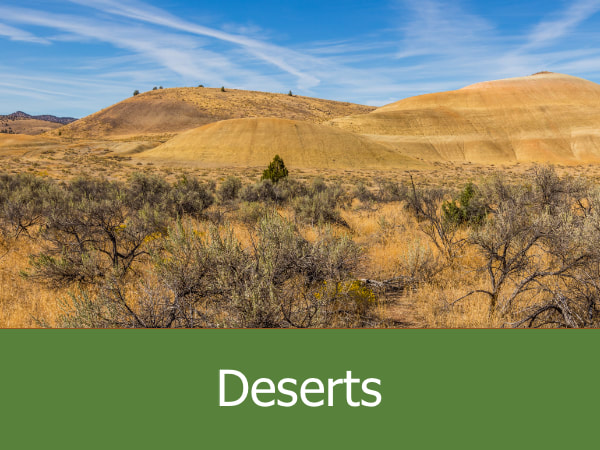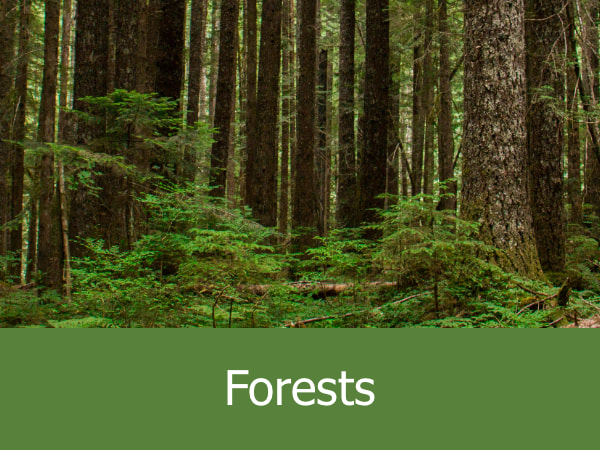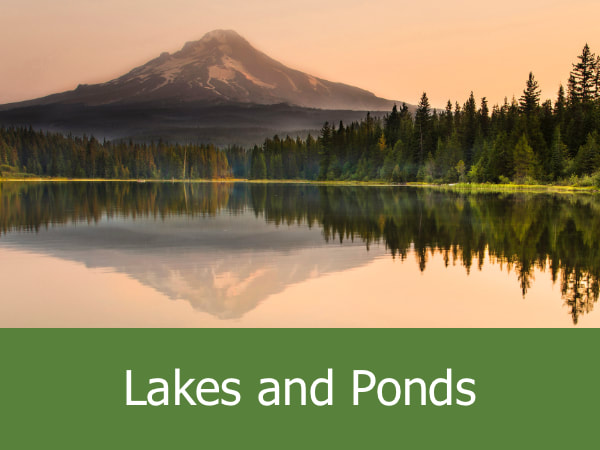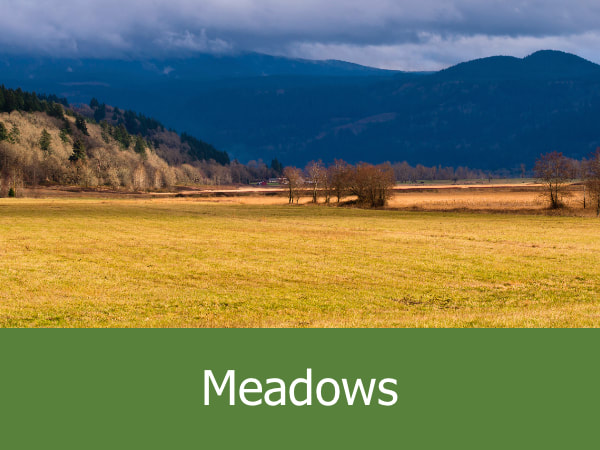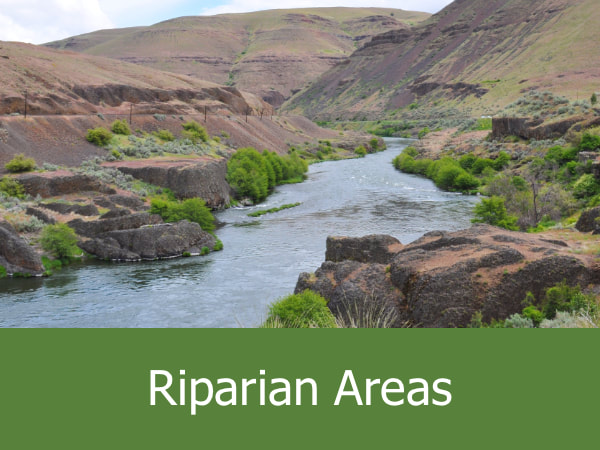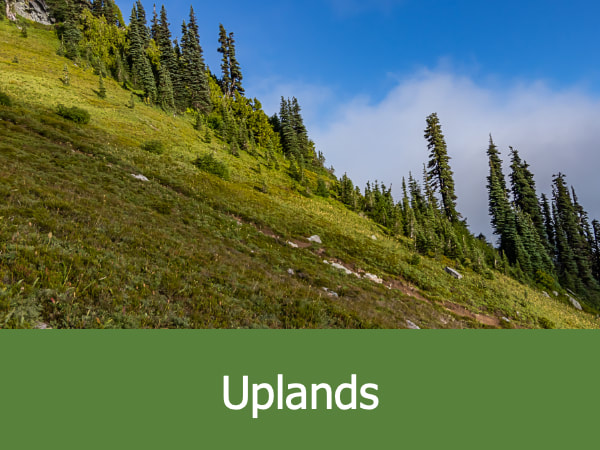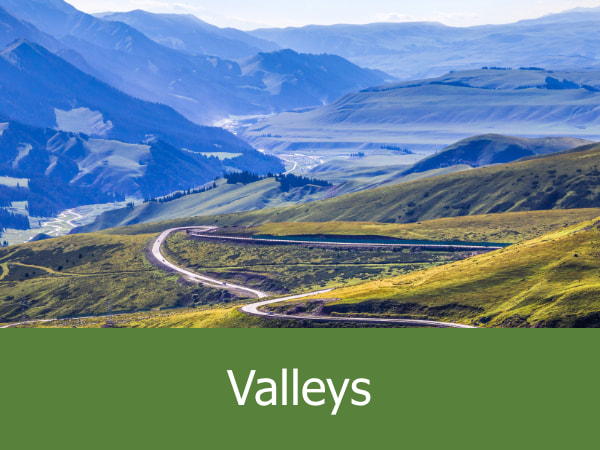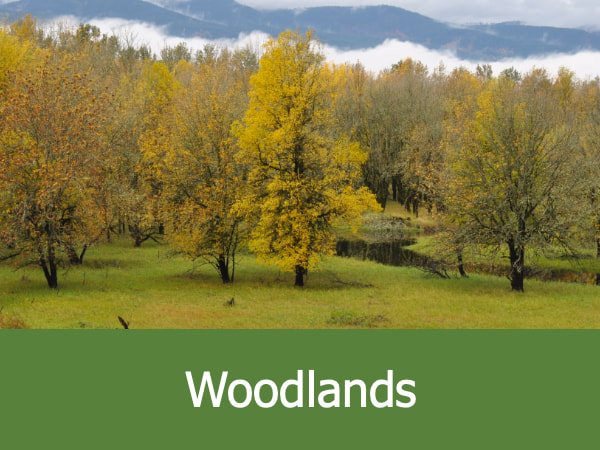Back to ECOSYSTEMS
The narrow area of the Oregon Coast doesn’t exist in a vacuum. It is influenced by the waters of the Pacific Ocean to the west; the land which slowly ascends to the various coastal mountain ranges to the east; and the sky above. If you stand on the coast, marveling at its tremendous beauty and diversity, you may not fully appreciate all these influences, even though they shape the shoreline every minute of every day. As we move away from the Pacific Ocean and toward the mountains, we’ll encounter a variety of ecosystems including forests, uplands, woodlands, meadows, riparian (river) areas, lakes and ponds.
To begin exploring, click on one of the ecosystems listed below.
The narrow area of the Oregon Coast doesn’t exist in a vacuum. It is influenced by the waters of the Pacific Ocean to the west; the land which slowly ascends to the various coastal mountain ranges to the east; and the sky above. If you stand on the coast, marveling at its tremendous beauty and diversity, you may not fully appreciate all these influences, even though they shape the shoreline every minute of every day. As we move away from the Pacific Ocean and toward the mountains, we’ll encounter a variety of ecosystems including forests, uplands, woodlands, meadows, riparian (river) areas, lakes and ponds.
To begin exploring, click on one of the ecosystems listed below.
|
The Coast Mountains are a vital component to many of Oregon's watersheds, feeding the numerous rivers which spread to the Pacific Ocean and the inland valleys.
|
A forest is a complex and constantly changing ecosystem dominated by trees. Because of the cover provided by the tree canopy, forests are often wetter than surrounding areas.
|
A forest is a complex and constantly changing ecosystem dominated by trees. Because of the cover provided by the tree canopy, forests are often wetter than surrounding areas.
|
A lake or pond is a body of water confined to a natural depression in the earth’s surface called a basin. They are different from rivers and streams because their waters are comparatively still.
|
|
A meadow is a vegetated field dominated by grasses, herbs and other non-woody plants. Meadows have very few trees and receive direct sunlight throughout the day.
|
“Riparian” refers to anything along the banks of a river, stream or brook. These can be both natural and human engineered areas, often including both terrestrial and aquatic plants and animals.
|
Uplands are areas which include any headlands, hills, terraces or low mountains. Generally, elevations for upland areas can range between 400 and 2,500 feet (120 to 760 m).
|
Valleys are low-lying areas between mountains, often with streams and rivers running through them. They are longer than they are wide.
|



